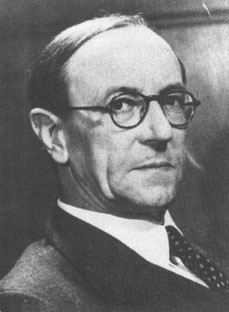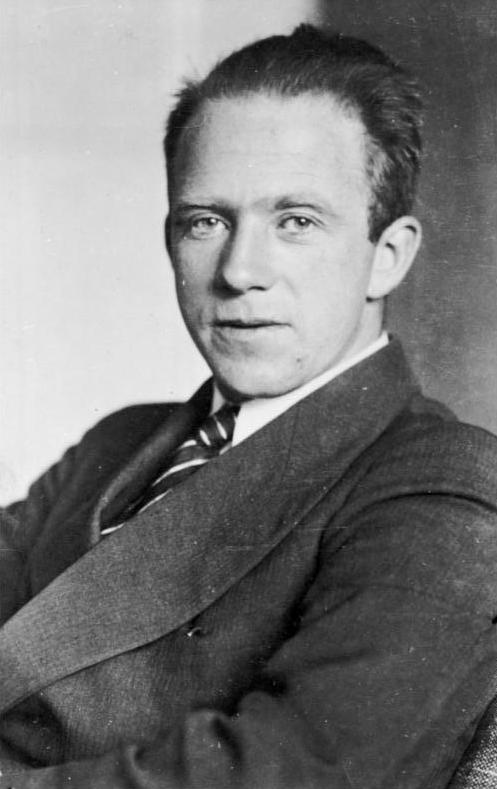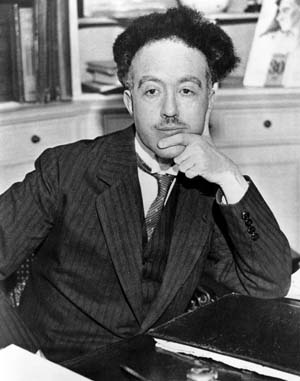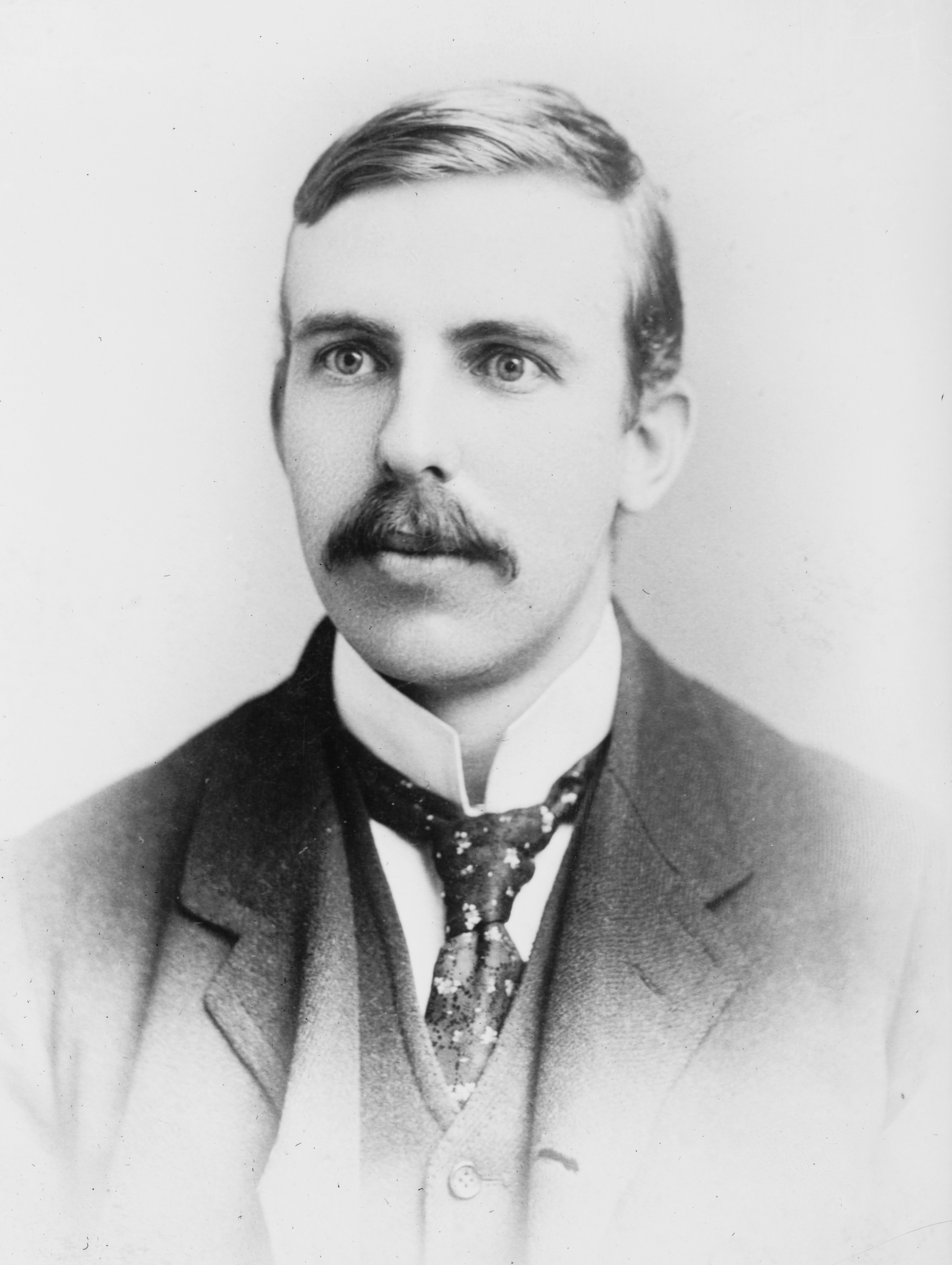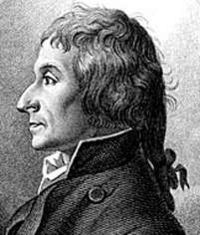 |
| Photo Credit: www.jamescumminsbookseller.com |
Figure: Charles Addams
Contribution: First Addams Cartoon Published in the New Yorker
"Bright colors are for people with no inner light and no imagination." –Morticia Addams, The Addams Family Musical
Charles Addams was always one to find humor in lurid places, and in 1935 The New Yorker published the first of his cadaverous comics. He went on to publish twelve books, and was the creator of The Addams Family, which, from his comics, was turned into cartoons, television shows, movies, and even a musical.
Main characters of The Addams Family include Morticia, the matriarch of the family, her husband Gomez, their children Wednesday and Pugsley (son Pubert added for Addams Family Values), as well as their butlers, Lurch and Thing. Other characters include Uncle Fester and Grandmama, whose relations consistently change throughout the Addams' legacy.
As always, The Addams Family remains to this day as a way to find reason to laugh in the midst of the macabre.
Information Credits: The New York Times
